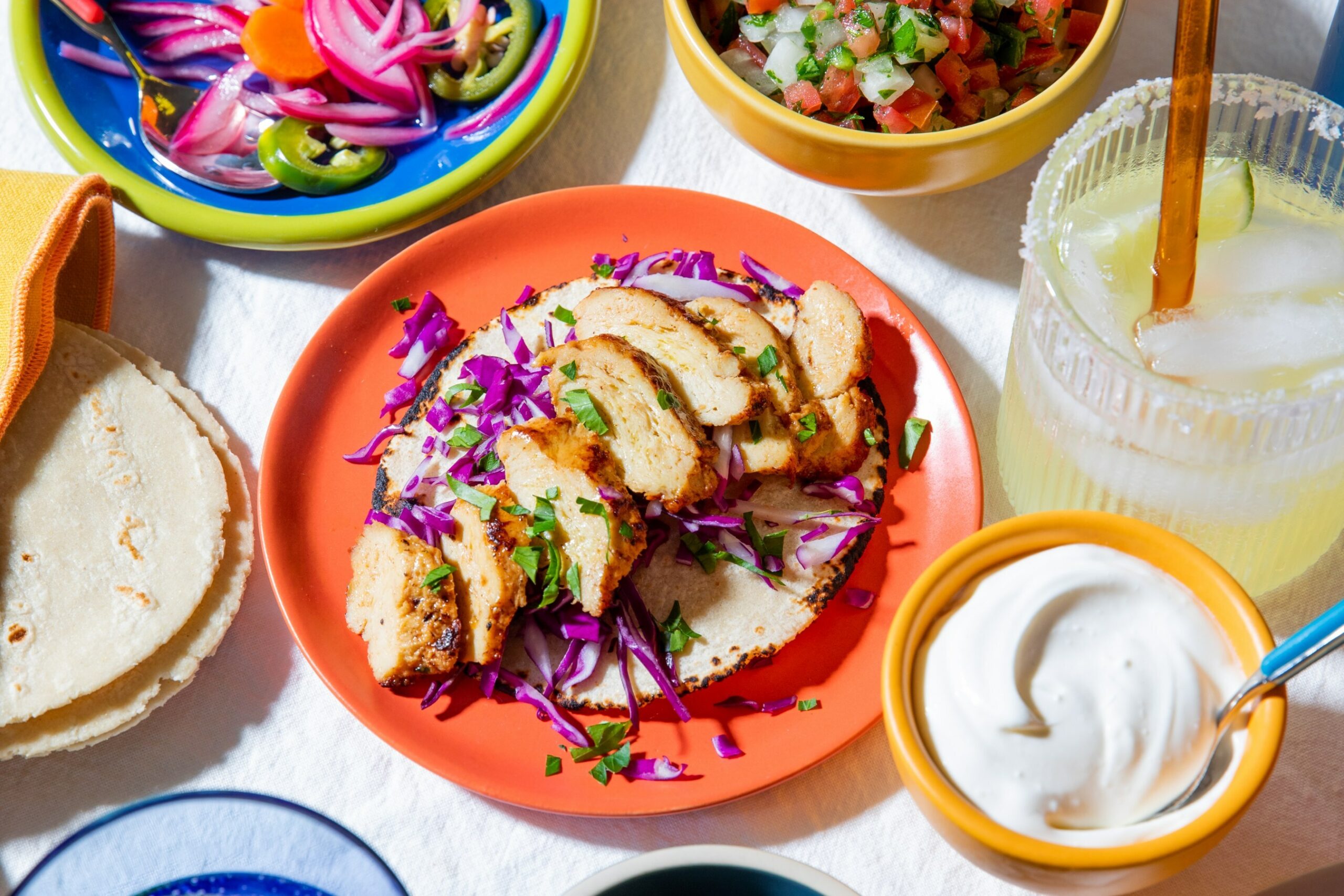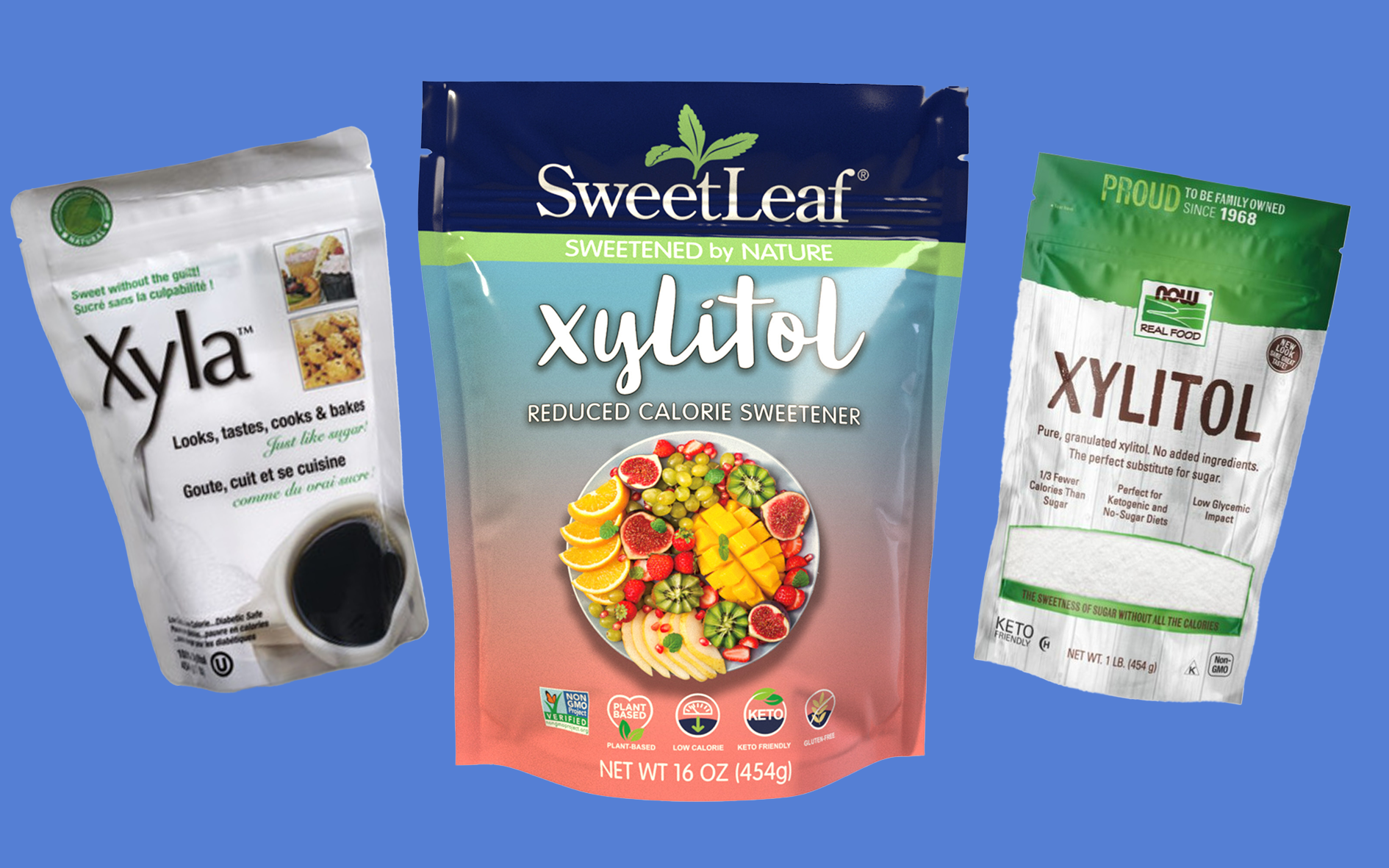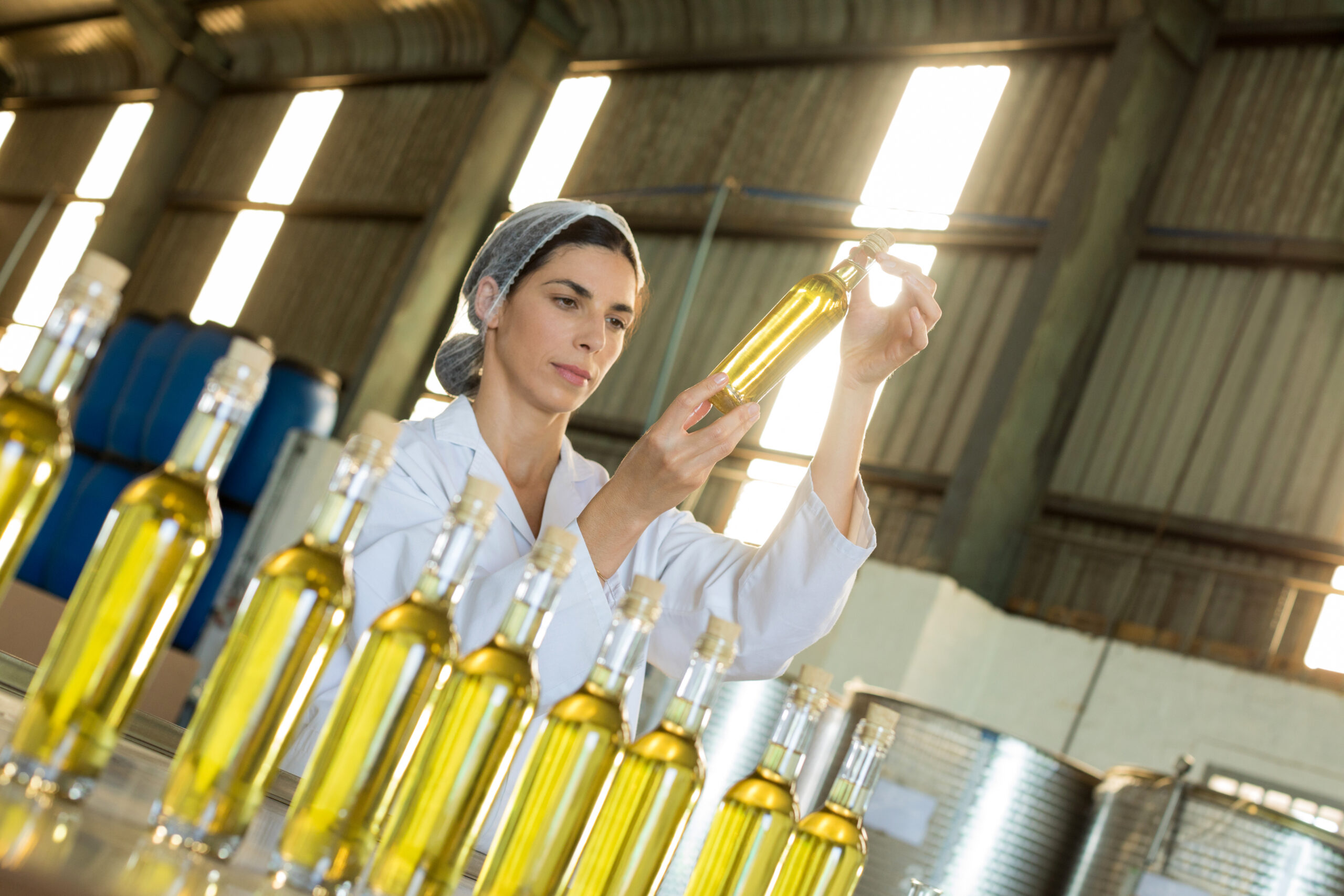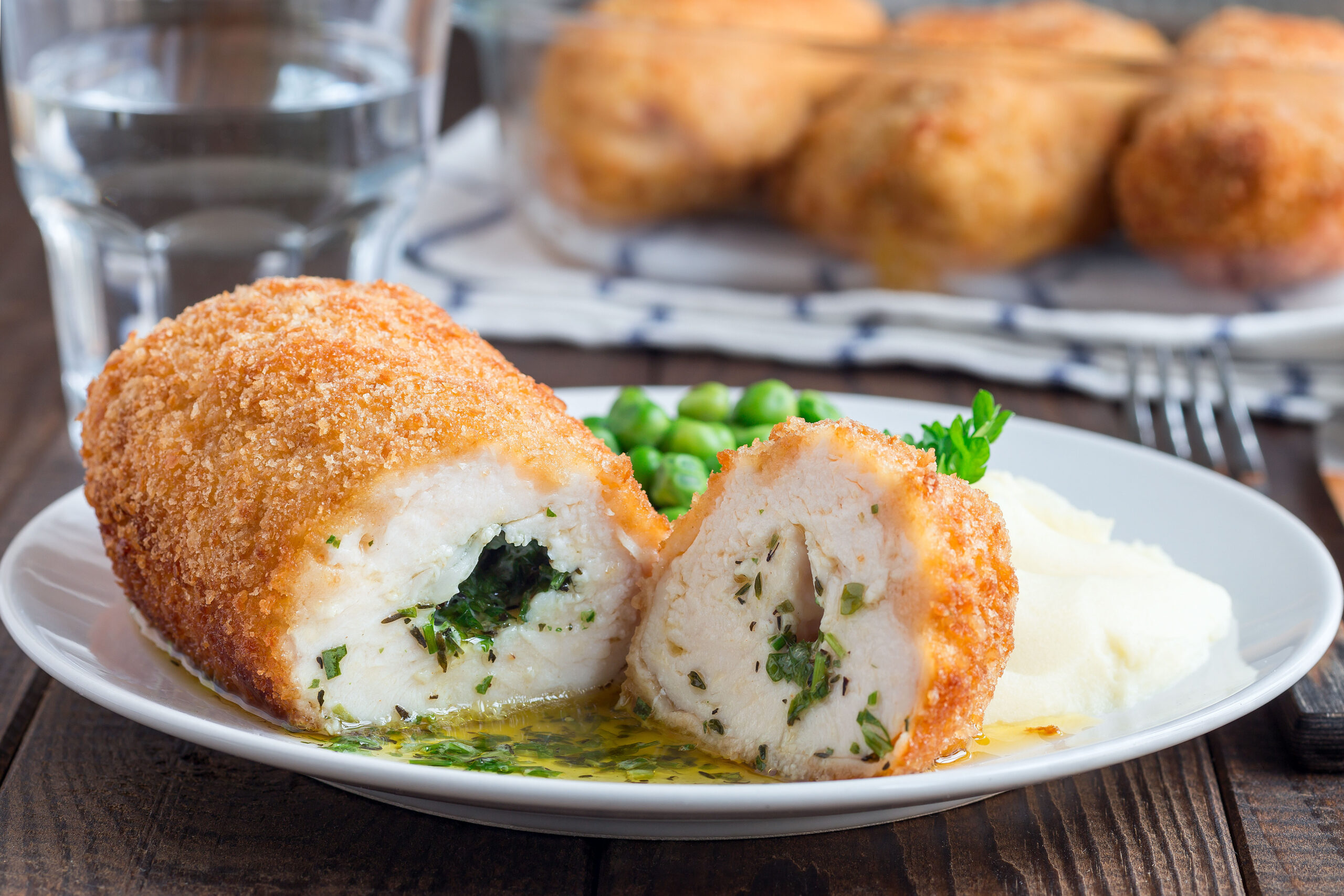The Coca-Cola Company and Jack Daniel’s recently announced that they plan to start selling a ready-to-drink (RTD) Jack and Coke in a can. The classic bar cocktail, which combines Jack Daniel’s whiskey and Coke, is set to roll out in RTD cans in late 2022 and will first be offered in Mexico. It marks the fourth new alcoholic drink in Coke’s portfolio in less than two years, but the first pairing for its namesake soda.
“This relationship brings together two classic American icons to deliver consumers a taste experience they love in a way that is consistent, convenient and portable,” said Lawson Whiting, CEO and President of Brown-Forman Corporation, the owner of Jack Daniel’s, in a press release. “Coca‑Cola perfectly complements Jack Daniel’s and our existing RTD offerings, enabling us to accelerate expansion and continue to grow our business around the world.”
The Jack and Coke is expected to have an alcohol beverage volume (ABV) content of five percent, but will vary depending on the market. A zero-sugar version of the beverage will also be available. The packaging will feature two of the world’s most recognizable trademarks in Coca‑Cola and Jack Daniel’s and the drinks will be available in 350 ml cans.
Related: What Ever Happened to Coke with Stevia?
The launch of the Jack and Coke comes amid strong global sales of RTD alcoholic beverages, including hard seltzers like White Claw. Global consumption of RTD beverages jumped 26 percent in 2020 and 14 percent 2021, according to a report from IWSR Drinks Market Analysis, an alcohol market research firm. For comparison, global consumption of all alcohols was up only three percent.
Louisville, Kentucky-based Brown-Forman has been making RTD cocktails since 1994, when it launched spiked lemonade, cola and apple juice in Australia. By contrast, Atlanta-based Coca-Cola has been slower to add alcoholic drinks to its portfolio of 200 brands ever since it sold off a California winery it owned in the early 1980s.
In 2018, Coke launched Lemon-Dou, its first RTD alcoholic beverage and it is currently available in Japan, China and the Philippines. Since then, the company has teamed up with Molson Coors to launch Topo Chico Hard Seltzer and Simply Spiked Lemonade. It also collaborated with Constellation Brands on Fresca Mixed, a line of spirit-based, canned cocktails. Coca-Cola also offers Schweppes pre-mixed cocktails, which are currently available in Brazil.
The partnerships could continue to push Coca-Cola into new growth categories as it attempts to diversify away from carbonated soft drinks. Partners handle most of the distribution and marketing for the new alcoholic beverages, which brings in revenue for Coca-Cola and shows the strength of its portfolio of well-known beverage brands.
As soda consumption declines, Coke isn’t the only beverage maker pushing its soft drink brands into alcohol through partnerships. Rival PepsiCo launched Hard Mtn Dew earlier this year through a partnership with Sam Adams brewer Boston Beer. Last year, it also entered the cocktail mixer market with its line of non-alcoholic mixers called Unmuddled.
Meanwhile, the market growth of hard seltzers could help boost the launch of the Jack and Coke canned cocktail from Coca-Cola and Brown-Forman.












Join or login to leave a comment
JOIN LOGIN